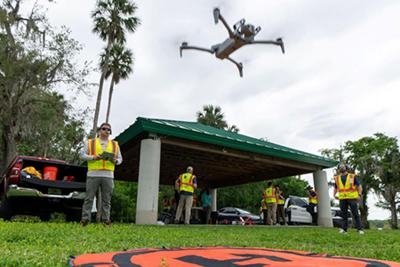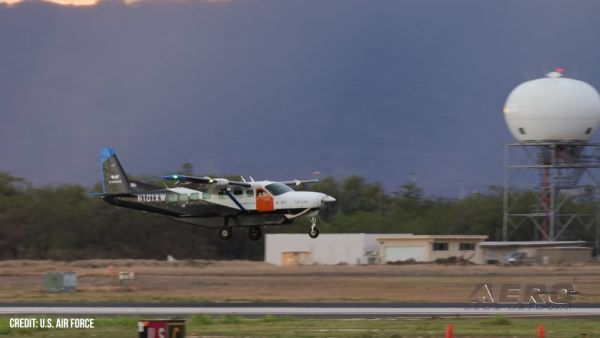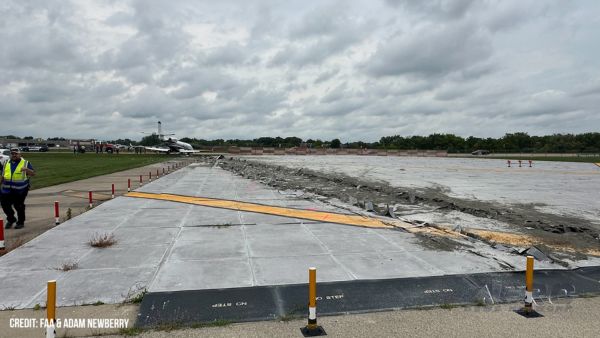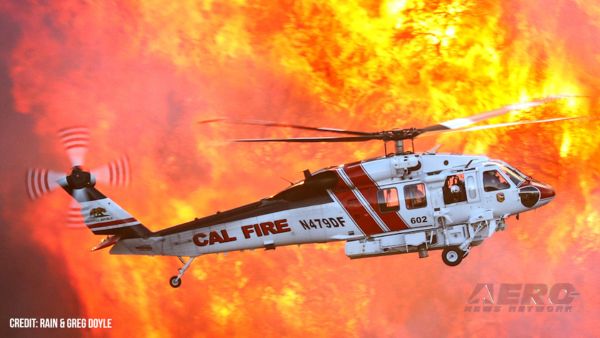Sun, Aug 24, 2025
Advertisement
More News
 ANN's Daily Aero-Term (09.07.25): Ceiling
ANN's Daily Aero-Term (09.07.25): Ceiling
Ceiling The heights above the earth's surface of the lowest layer of clouds or obscuring phenomena that is reported as “broken,” “overcast,” or “obscu>[...]
 Aero-News: Quote of the Day (09.07.25)
Aero-News: Quote of the Day (09.07.25)
“Yesterday’s incidents in Chicago and Boca Raton clearly demonstrate the lifesaving value of EMAS technology. These two systems did exactly what they’re designed >[...]
 NTSB Prelim: Game Composites LLC GB1 Gamebird (A1); Vans RV-8 (A2)
NTSB Prelim: Game Composites LLC GB1 Gamebird (A1); Vans RV-8 (A2)
(Witness) Observed A Second Airplane Turn From A Close-In Left Base To Final As It Descended On Top Of The First Airplane On Final On July 12, 2025, about 0830 central daylight tim>[...]
 Classic Aero-TV: Debby Rihn-Harvey A Look at Competition vs. Airshow Flying
Classic Aero-TV: Debby Rihn-Harvey A Look at Competition vs. Airshow Flying
From 2010 (YouTube Edition): Decorated Champion Offers Unique Perspective on Aerobatic Community On December 6th through December 9th, the Paris Las Vegas Hotel hosted over 1,500 a>[...]
 Aero-News: Quote of the Day (09.08.25)
Aero-News: Quote of the Day (09.08.25)
“The strategic decision of moving strike pipeline carrier qualifications from the training syllabus to their fleet replacement squadrons was driven by increased technological>[...]
blog comments powered by Disqus





